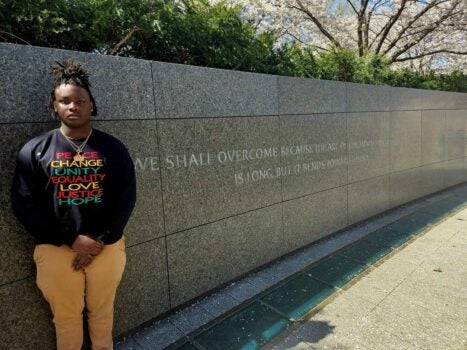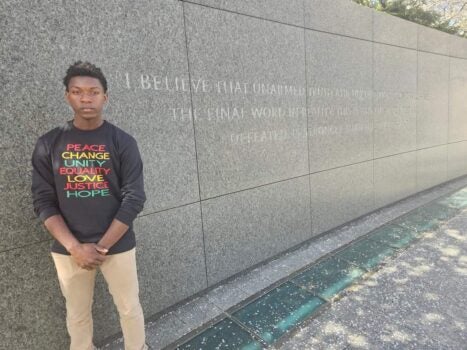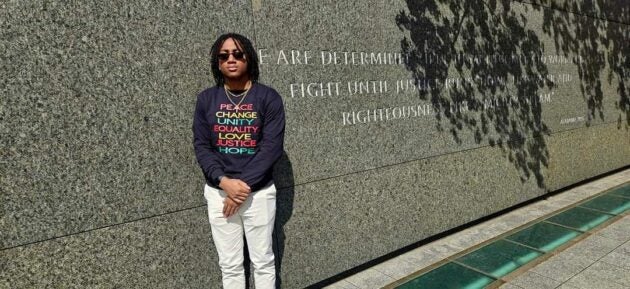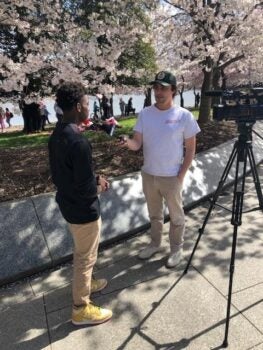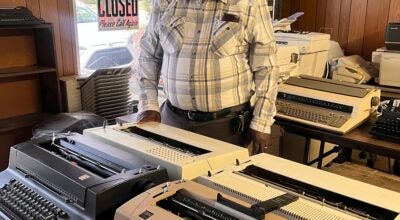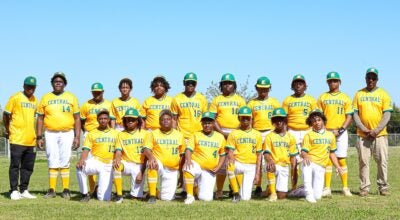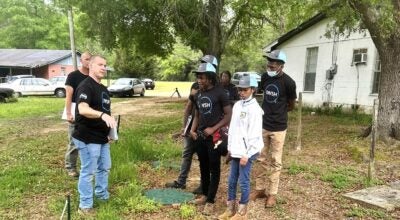Young Men view future through history’s lens
Published 11:00 am Thursday, April 25, 2024
|
Getting your Trinity Audio player ready...
|
Civil rights leader Martin Luther King, Jr. once said, “Faith is taking the first step even when you don’t see the whole staircase.” Recently a few Lowndes and Montgomery County youths caught a glimpse of the next steps on the staircase, looking into their future through the lens of history, thanks to the Young Men on a Mission Program and the support of community partners.
Eight young men accompanied by program founder Nickles Rankins on a trip to visit Historically Black Colleges and Universities (HBCU) in Alabama, Georgia, South Carolina and North Carolina before arriving in Washington, D.C. to tour important memorials of the civil rights journey.
Lamar Tolliver and Lee Moorer, Jr., both seniors at The Calhoun School, described one stop on their tour of Washington they found especially meaningful – the Emmett Till exhibit at the Smithsonian’s National Museum of African American History and Culture.
“It was really touching,” Tolliver said. “That was the one [site] where I read and looked at everything in there.”
Moorer said that after watching the movie “Emmett Till” the exhibit brought Till’s story to life and envisioned what children experienced as part of the violence of the Jim Crow South.
“They had a replica of his coffin,” Moorer said. “It showed a picture of his face [after his murder.]
“It was sad… the way people reacted to kids and to young, Black males.”
Rankins launched Young Men on a Mission in 2017 with a desire to give young men opportunities to envision all the opportunities of their future and to understand the sacrifices of those who paid the price to open closed doors.
“That’s one of the things that is touching about Emmett Till’s story, is when we look at all the things that we’re able to do now that we couldn’t do years ago,” Rankins said. “We don’t have to enter at the back of the store, we can just walk straight in. We don’t have to go to the back of the bus. We can look at somebody in the face and not have to look down.
“That’s one of the things that I want our kids to experience, to know our history and some of the things that should be appreciated. In the museum they learned that once, [young, Black men] couldn’t read and write.”
Along with touring colleges and museums, Moorer said he enjoyed the opportunity to young men from Montgomery County.


